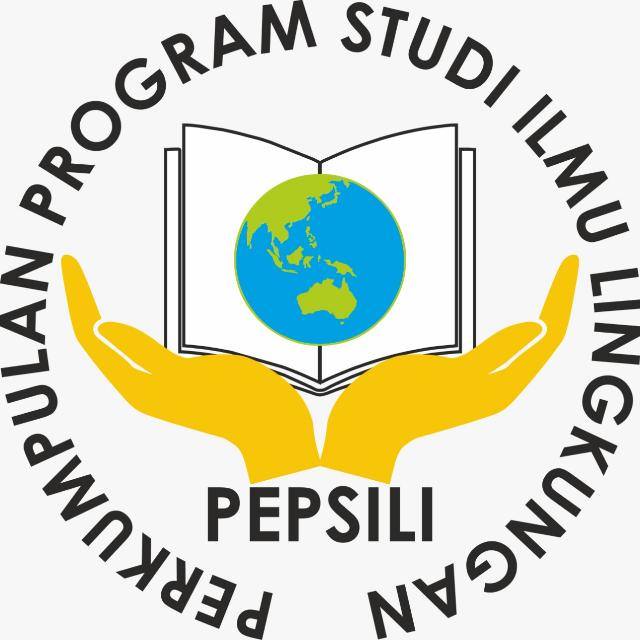Anas Family Model Pada Level Individu dalam Pengendalian Stunting di Wilayah Puskesmas Lima Puluh
Abstract
Keywords
Full Text:
PDFReferences
Apooh, Yaa, L., & Krekling, S. (2005). Maternal nutritional knowledge and child nutritional status in the volta region of Ghana. London: Blackwell Publishing.
Azwar, S. (2007). Sikap manusia: Teori dan pengukurannya. Yogyakarta: Pustaka Pelajar Offset.
Anugraheni, H.S., & Kartasurya, M. (2012). Faktor Risiko Kejadian Stunting Pada Anak Usia 12-36 Bulan Di Kecamatan Pati, Kabupaten Pati. Journal of Nutrition College. 1 (1): 30-37. https://doi.org/10.14710/jnc.v1i1.725.
Arnita, Sri; Ramadhani, Dwi Yunita; Sari, Mila Triana. (2020). Hubungan Pengetahuan dan Sikap Ibu dengan Upaya Pencegahan Stunting Pada Balita di Wilayah Kerja Simpang Kawat Kota Jambi. Jurnal Akademika Baiturrahim Jambi. 9 (1): 6-14. http://dx.doi.org/10.36565/jab.v9i1.149.
Byrd-Bredbenner, C., Abbot, J. M., & Cussler, E. (2008). Mothers of young children cluster into 4 groups based on psychographic food decision influencers. Nutr Res, 28, 506-516.
Haines, A.C., Kriser, H., Graff, T., Syafiq, A., Bennett, C., Linehan, M., Hasan, Hidayati, R. N. (2011). Hubungan tugas kesehatan keluarga, karakteristik keluarga dan anak dengan status gizi balita di wilayah Puskesmas Pancoran Mas Kota Depok. Tesis Tidak Dipublikasi. Fakultas Ilmu Keperawatan. Universitas Indonesia. Depok.
Jelantik, I. G. (2012). Perbedaan perilaku pemberian makanan oleh ibu yang memiliki anak balita gizi buruk dengan gizi baik di wilayah kerja puskesmas pringgasela Kabupaten Lombok Timur tahun 2012. Media Bina Ilmiah 6(4), 48-52.
Kemenkes. (2022). Hasil Survei Status Gizi Indonesia (SSGI) 2022. Kemenkes, 1–150.
Kesehatan, K. direktorat jenderal kesehatan masyarakat 2021. (2021). Penurunan prevalensi stunting tahun 2021 sebagai modal menuju generasi emas indonesia 2045. Kesehatan, Kementerian Direktorat Jenderal Kesehatan Masyarakat. https://kesmas.kemkes.go.id/konten/133/0/penurunan-prevalensi-stunting-tahun-2021-sebagai-modal-menuju-generasi-emas-indonesia-2045.
Kementerian Kesehatan Republik Indonesia. (2010). Riset kesehatan dasar: Riskesdas 2010. http://www.riskesdas.litbang.depkes.go.id/download/TabelRiskesdas2010.pdf.
Kemenkes RI. (2018). Laporan Hasil Riset Kesehatan Dasar (Riskesdas 2018). Jakarta: Badan Penelitian dan Pengembangan Kesehatan.
Kristiyanti, R., Khuzaiyah, S., & Susiatmi, S.A. (2021). Gambaran Pengetahuan Tentang Stunting Dan Sikap Ibu Dalam Mencegah Stunting. Karya Tulis Ilmiah. Sekolah Tinggi Ilmu Kesehatan Muhammadiyah Klaten.
M., Torres, S., & Jones, A.C. (2018). Analysis of Rural Indonesia Mother Knowledge, Attitudes, and Beliefs Regarding Stunting. Medical Research Archives, 6 (11): 113.
Margawati, A., & Astuti, A. (2018). Pengetahuan Ibu, Pola Makan Dan Status Gizi Pada Anak Stunting Usia 1-5 Tahun Di Kelurahan Bangetayu, Kecamatan Genuk, Semarang. Jurnal Gizi Indonesia. 6 (2): 82-89.
Mugianti, S., Mulyadi, A., Anam, A.K., & Najah, Z.l. (2018). Faktor Penyebab Anak Stunting Usia 25-60 Bulan Di Kecamatan Sukorejo Kota Blitar. Journal Of Ners And Midwifery. 5 (2): 268-278.
Ni’mah, C., & Lailatul, M. (2015). Hubungan Tingkat Pendidikan, Tingkat Pengetahuan Dan Pola Asuh Ibu Dengan Wasting Dan Stunting Pada Balita Keluarga Miskin. Media Gizi Indonesia. 10 (1): 84–90.
Olsa, E.D., Sulastri, D., & Anas, E.. (2017). Hubungan Pengetahuan Dan Sikap Ibu Terhadap Kejadian Stunting Pada Anak Baru Masuk Sekolah Dasar di Kecamatan Nanggalo Jurnal Kesehatan Andalas. 6 (3): 523-529.
Sutio, D. (2017). Analisis Faktor-Faktor Risiko terhadap Kejadian Stunting pada Balita. Jurnal Departemen Gizi Fakultas Kesehatan Masarakat, Vol. 28 No, 247–256.
Suharyat, Y.. (2009). Hubungan Antara Sikap, Minat dan Perilaku Manusia. Jurnal Region, 1 (3): 1-9.
Uripi, V. (2004). Menu sehat untuk balita. Jakarta: Puspa Swara anggota IKAPI.
Vereecken, C., & Maes, L. (2010). Young childreQV dietary habits and associations with the mothers nutritional knowledge and attitudes. Appetite, 54, 44-51.
Victora C.G., Adair L., Fall, C., Hallal P.C., Martorell R., Richter L., & Sachdev, H.S (2008). Maternal and child undernutrition: Consequences for adult health and human capital. Lancet, 371(9609), 340 ±357.
Wong, D. L., Hockenberry-Eaton, M., Wilson, D., Winkelstein, M. L., & Schwartz, P. (2001). WonJs essential of pediatric nursing. Philadelphia: Mosby, Inc.
DOI: https://doi.org/10.52364/zona.v8i1.107
Refbacks
- There are currently no refbacks.

This work is licensed under a Creative Commons Attribution-NonCommercial 4.0 International License.

Ciptaan disebarluaskan di bawah Lisensi Creative Commons Atribusi-NonKomersial 4.0 Internasional.







